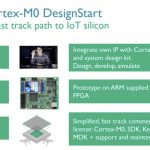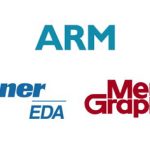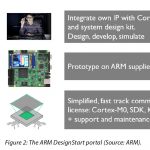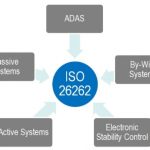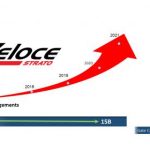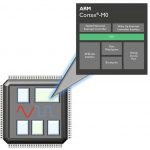One serious challenge to the early promise of accelerating verification through emulation was that, while in theory the emulator could run very fast, options for driving and responding to that fast model were less than ideal. You could use in-circuit emulation (ICE), connecting the emulation to real hardware and allowing you… Read More
Lowering Costs for Custom SoC Development – ARM and Tanner EDA
Cost is a major barrier when an electronic design company starts to consider developing a custom SoC for a particular market segment. But what if there was a way to lower the development cost, or even get to an SoC proof of concept for no cost except of course for your engineering expenses? That value proposition caught my attention… Read More
How to Design a Custom SoC with Analog, webinar from ARM and Tanner EDA
Leading edge SoC designs can contain billions of transistors, cost over $10M to design, and take over 18 months to deliver, but not all SoCs require that much complexity, cost and time. In fact, there is a growing class of SoC designs that integrate the popular ARM Cortex-M0 processor along with analog blocks that work with sensors… Read More
Unlocking Access to SOC’s for IoT Edge Product Developers
In the wake of the many mega mergers and consolidation in the semiconductor and electronics space, it is easy to say that opportunities for smaller companies are shrinking. Indeed, quite the opposite might be true. The larger companies, like Broadcom, ARM, Qualcomm, Analog Devices, Microchip, Maxim and Infineon (to name a few)… Read More
Help for Automotive and Safety-critical Industries
I’ve been an Electrical Engineer and a car driver since 1978, so I’ve always been attracted to how the automotive industry designs cars to be safer for me and everyone else around the globe. According to statistics compiled by the CDCI learned that some 33,700 Americans died by motor vehicle crashes in 2014, which is… Read More
Searching for Extraterrestrials
Since the beginning of time, people on Earth have peered into the night sky, pondering if they were alone in the universe. Today, we have a large group of scientists that are working to answer that question. The precision required for their search often depends on the performance of a key piece of technology – the analog-to-digital… Read More
"Ten-hut!" Attending the Signal Integrity Bootcamp
The engineering team for the design and analysis of a complex system consists of a diverse set of skills — with the increasing emphasis on both high-speed interface design and multi-domain power management, a critical constituent of the team is the group of signal integrity (SI) and power integrity (PI) engineers.
The training… Read More
Mentor gets Busy at DVCon
You’d expect Mentor to be covering a lot of bases at DVCon and you wouldn’t be wrong. They’re hosting tutorials, a lunch, papers, posters, there’s a panel and of course they’ll be on the exhibit floor. I’ll start with an important tutorial that you really should attend, Monday morning, on creating Portable Stimulus Models… Read More
Mentor Plays for Keeps in Emulation
EDA has always been a fiercely competitive market, no more so than in emulation where the clash of claims and counter-claims can leave those of us on the sidelines wondering who’s really on top. Sales are the obvious indicator but leadership there flips back and forth between product releases. That makes Mentor’s choice to play … Read More
Four Barriers to Using an SoC for IoT Projects
I often read about the large number of expected IoT design starts around the world, so I started to think about what the barriers are for launching this industry in order to meet the projections. One of my favorite IoT devices is the Garmin Edge 820, a computer for cyclists that has sensors for speed, cadence, power, heart rate, altitude… Read More



